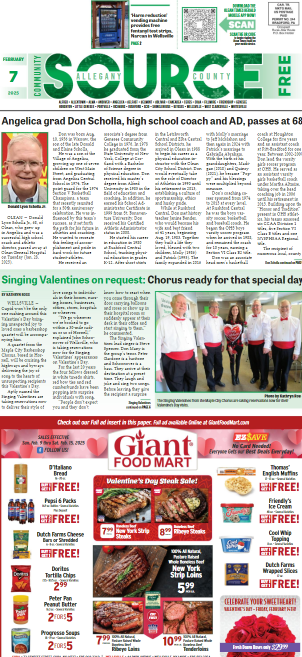Archery season is rushing upon us
After an amazing safari in South Africa and the initial boredom and depression of life back in the states hit me.
No one waiting on me hand and foot, no treks through the bushveld where over 20 species of animals flourish, the glorious anticipation of what trophy may appear any second, having my laundry done daily, a talented chef preparing wonderful meals for breakfast lunch and dinner, a roaring campfire every evening around which we have drinks and discussed the days amazing hunts and the scenery, birds and wild flowers we’d seen.
Gazing at the blood-red moon rising while simultaneously observing the iconic Southern Cross hanging in the star-studded sky, amazing.
Naturally, I was elated to find archery season is just over three weeks away. Ah, a glimmer of excitement to raise my downtrodden spirits.
Right now is the time to ready your stands, erect new ones, trim brush and place cameras. Doing this promptly gives deer time to adjust to the changes in their living rooms, so to speak, and settle down. Bigger bucks especially pay attention to these disturbances, the longer they have to adapt the better. Every little task leaves scent, every trimmed bush or branch, your hands, feet, sawdust, even the stand itself.
It takes time for scent to fade and any changes in the structure of the forest to become accepted as non-threatening. Individual deer react differently, so give them time, the more the better.
If you are hunting a new area, scout it out ASAP. The bucks are moving now, trying to fatten up as much as possible for the upcoming rut. They’ll be hitting your food plots hard along with all-natural occurring forage such as acorns or beech. Bucks lose from 20% to 30% of their body weight chasing the ladies and are packing on as much fat as possible to help them through this period of intense stress and physical exertion.
In my experience chasing begins the first week of October, which explains why one day your fields are full of deer and the next it’s empty. The pre-rut doesn’t happen gradually; it takes place overnight, hence their sudden disappearance from summer patterns.
Since September ends midweek this year I’m hoping the bucks will be feeding up the entire first week of October instead of only the first two-three days I’ve come to expect. So, if you are happy with a reasonable buck, take them immediately, don’t wait. If you’re holding out for a big one, shoot early if one shows or be patient until the end of October, early November.
Of course, anything may happen when you’re afield but the above observations hold true overall.
Broadhead choice is chaotic. Some hunters swear by fixed blades, others expandable, and either come in a dizzying number of choices. Hunters who shoot accurately and hit the heart area may swear their broadhead is unbeatable but any broadhead hitting the heart is fatal and broadhead choice means little.
I was extremely frustrated by a video in which a hunter shot over a dozen deer with different broadheads and shot them all in the heart. He proved nothing. He should have shot every deer in the chest, half way up. Then the different blade shapes and sizes would have shown which was most effective in leaving an adequate blood trail on lung hits, a good blood trail being the best chance of recovering your animal.
Fixed blades fly accurately but only if blade length is short. They leave a smaller exit hole and, generally speaking, most agree, less of a blood trail. They penetrate very well and some brands hold together if a heavy bone is struck.
Expandables fly true but differ widely in dependability, effectiveness and strength. I usually use Rage — I’ve never had one pre-deploy, all have exited and worked as advertised, never lost a buck using them — but the blood trails are not what I hoped they might be.
This year I purchased the no-collar, 2-inch blade with a smaller half-inch cutting blade at the tip. But since many of my hunts are in goldenrod-bordered fields, a nightmare to track in, I’m trying the Tomahawk 1 x 4, 100-grain mechanical. This unique broadhead has no permanent tip. The blades are twice as thick as a normal expandable and fold forward close together then angle sharply outward at the tip to 7/8ths. These angles are razor sharp, cut in as they deploy and leave a 4-inch exit.
Very nasty indeed and if that doesn’t leave an easily seen blood trail, I’ll be shocked.
Of course, it’s so very important to practice, practice, practice. You must have mastered shooting your compound or crossbow, tested field points to make sure the bow is tuned and accurate, then tested the broadheads you choose actually hit as aimed.
In my experience, 2-inch Rage, 3-blade Rage and Grim Reaper expandables are dependable and lethal. In fixed blade, I prefer the largest Annihilator 3-blade for its accuracy, penetration and disruptive cavitation inside the chest. It doesn’t just cut.
Always be honest with yourself. If you’re not a good shot keep your maximum range 30 yards or closer. It’s a terrible thing to wound a deer and not find it.
You must squeeze that release or trigger smoothly off. Squeeze, squeeze, squeeze to shoot accurately.
So, get started early, properly prepare and the best of luck!







